Here’s how developers can grab image text in Universal Windows 10 Apps
2 min. read
Published on
Read our disclosure page to find out how can you help Windows Report sustain the editorial team. Read more
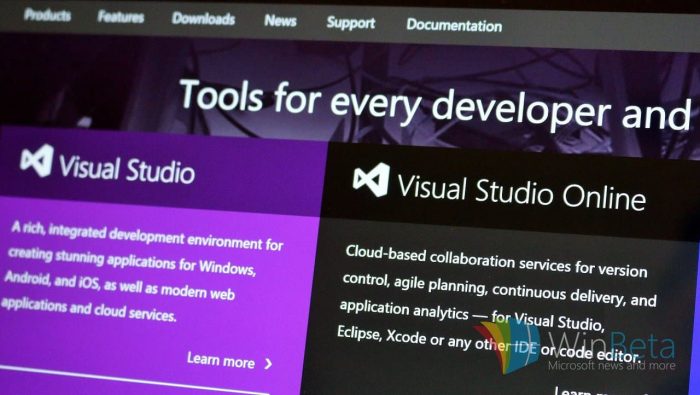
OCR, or optical character recognition, is designed to be able to manipulate different types of images, whether scanned documents or photos. The Universal Windows Platform (UWP) utilizes (OCR) to help developers extract text and text layout information from images into a machine-usable character streams. Via UWP, OCR is optimized for the user and can run on any Windows 10 device without the need for an internet connection. The November update to Windows 10 upped the language support for OCR by supporting four languages, bringing the total number of supported languages to twenty-five.
Microsoft has been testing OCR technology for some time now, and it’s used in Microsoft Word, OneNote, OneDrive, Bing, Office Lens, and Translator for different things, including image indexing, document reconstruction, and augmented reality (HoloLens). For code samples and examples, check out Microsoft’s OCR code sample at GitHub and through MSDN documentation.
Microsoft also offers OCR as a service through Project Oxford. Project Oxford provides a number of services geared towards natural data understanding and can provide a variety of benefits and possibilities in developing Windows 10 apps. As a service, OCR has added features like language detection and text orientation detection, which is available through the OCR service demo.
If you are looking for more detailed information on OCR, you can go directly to the API documentation or experiment with the API Testing Console. Having the functionality built into the UWP platform seems like a real value-add for Windows developers; let us know in the comments if you agree.
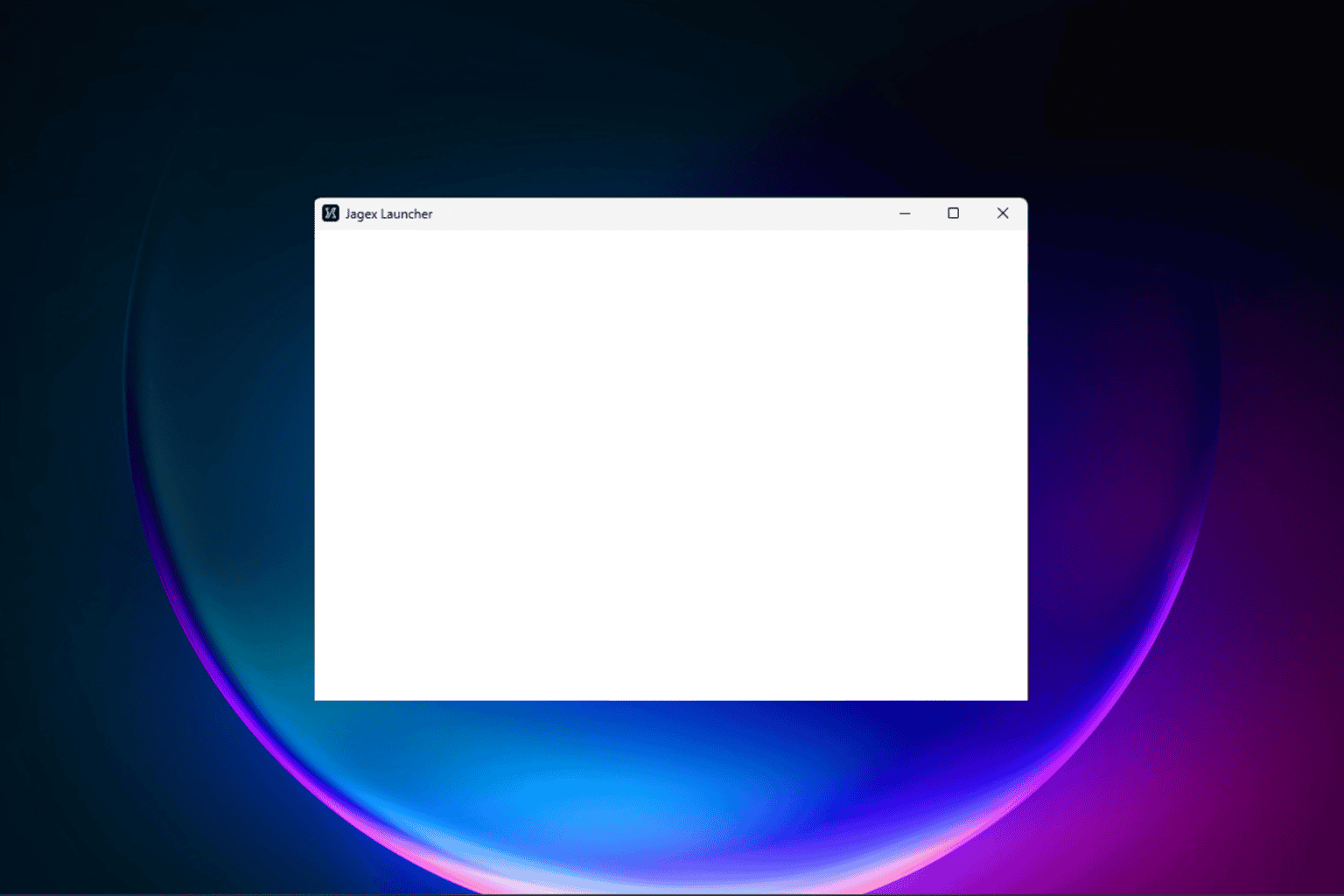
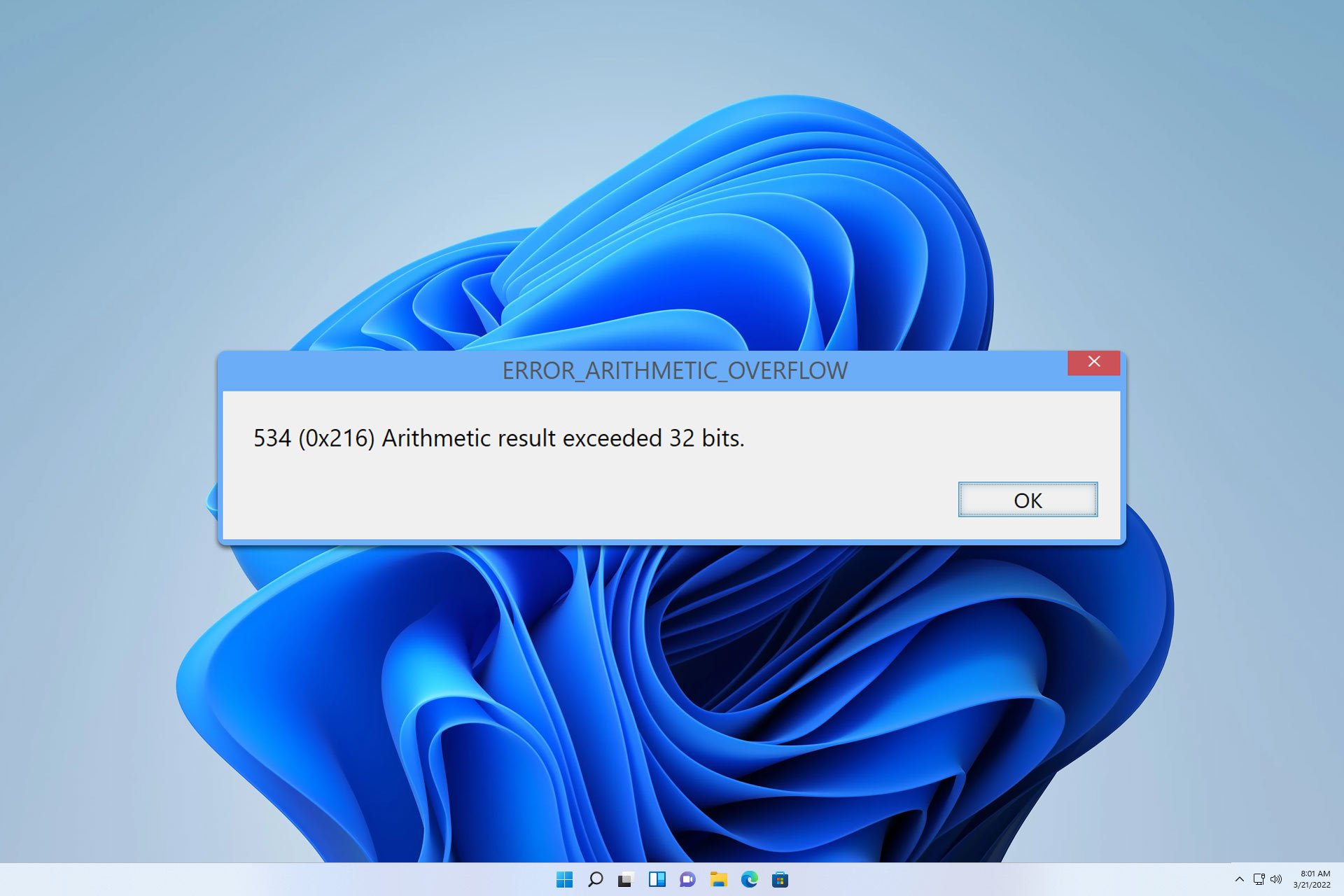

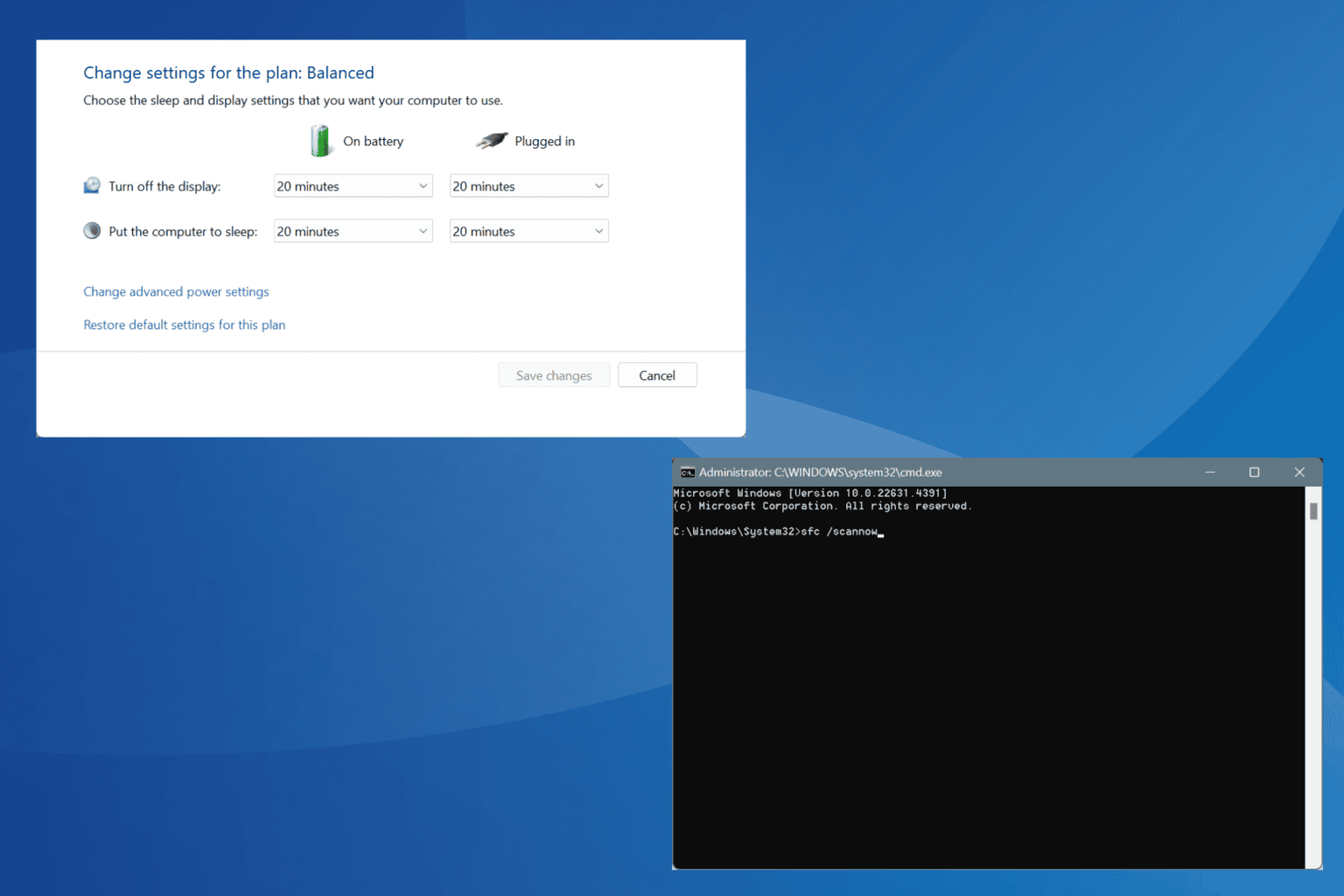
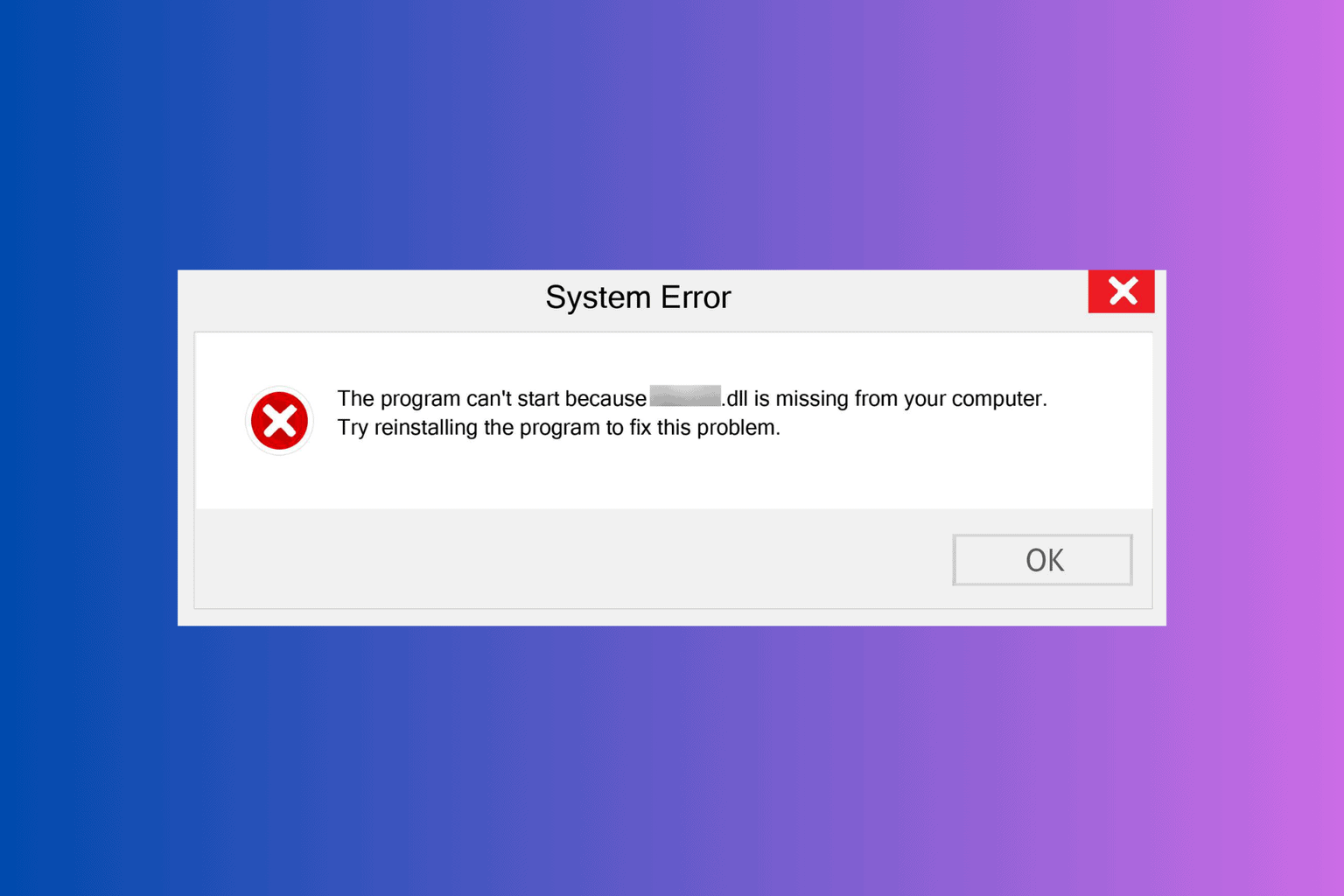



User forum
0 messages